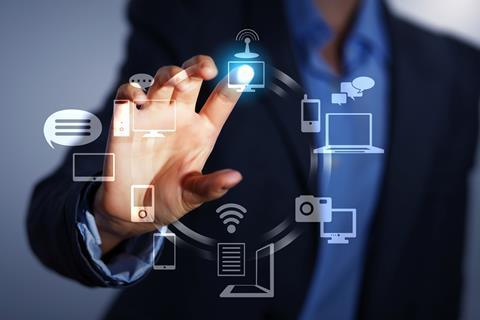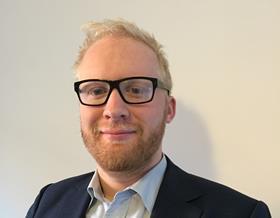Video analytics are transforming IoT beyond just another evolution in the transition to digital experience management.

We are all familiar with the promise of the internet of things (IoT): you will be able to turn the heating back on at night from your smart pyjama button, while two clicks of your smart pen will open all the curtains in the morning and turn on the kettle.
The hype phase has not quite petered out, but if you are able to examine the Microsoft Azure IoT suite you can sample the reference architecture.
Then consider the astounding McKinsey & Company estimate that suggests everything tagged and verified as part of the IoT will create a $10+ trillion business within eight years.
The technology is largely there already for IoT to tag onto the content delivery business, and it is residing with some big corporate brands. And new technology like the ThingWorx IoT solutions creation toolset will pop up with great regularity.
The two driving factors behind digital disruption’s next stage are the cloud, and the monetising potential of data analytics.
Silos
On the McKinsey figure, Ericsson Chief Technology Officer Steve Plunkett observed: “Who’s going to pay for it? Is that an additional $11 trillion of spending? Presumably not: it needs to come from the same consumer spending profile, and business spending profile, so what is it displacing? Is it greater deals of automation that will replace redundant technology roles?
“In fact, IoT as a growing trend is pretty self-evident,” he added.
“More and more devices are being connected, and that activity is providing control and data collection that can be used for myriads of applications and purposes.”

On the issues of whether data analytics as perfected for TV clients are the basis of the analytics required to advance the IoT, Genius Digital customer, product and analytics director Giles Cottle said: “There is an incredible amount of hype about IoT – so it’s important to have a clear-eyed view of the actual demand from operators and consumers for interactions between IoT and operator delivered content services.
“My take is that we have to enable operators to deliver the best possible service profitably however the service is delivered and consumed. It’s likely that operators will approach IoT as an extension of multi-screen, where we are already very active,” he added.
Measure and analyse
At IBC2016, Genius launched its Multiscreen Insights service, which provides operators with a single source from which to measure and analyse consumption from all devices in their network.
“We expect that operators will initially take a ‘siloed’ approach to additional devices for the short and medium term. So widening their universe by sharing content with in-car devices before making their services fully available to devices connected to the IoT,” said Cottle.
“Whichever way they go, we will expand our solution to enable operators to fully understand how and where their services are being consumed.”
ContentWise Chief Technology Office Pancrazio Auteri produced a beautifully succinct assessment.
“From a technical perspective, as IoT is inherently dependent on the cloud and connected entertainment is accelerating in the same direction, most of the core underlying infrastructure is now common to all types and classes of smart home, and connected entertainment services,” he said “In that sense, we see the integration of IoT solutions and traditional entertainment platforms just as television, as just another evolution in the transition to digital experience management.”
Intelligent connections
Imagine Communications Chief Marketing Officer Glodina Lostanlen said: “What IoT means to our industry is a very interesting topic. Our consumption of content happens on many devices, so if you were to intelligently connect them it would allow consumers to connect further on the content side and with many applications, like security, around a smart house.
![Glodina lostanlen, cmo, imagine communications[1][1] 760x456 (2)](https://d3dh6of9cnaq4t.cloudfront.net/Pictures/280xAny/5/7/4/2574_glodinalostanlencmoimaginecommunications11760x4562_296095.jpg)
“If you were able to use those content devices intelligently, almost as miniature connect cells, you could leverage existing set-top boxes and many other tools, and make them more intelligent,” she added.
“Many of our key customers are working hard on IoT and what’s going to be interesting is what Google and Apple decide to do, because that’s where the battle is going to happen.”
Confirming that the back end technology is sitting ready in telco hands and that Imagine clients are looking at quintuple-play options that add IoT to smart phone, TV and Internet services, and exploiting known API and TV structures, Lostanlen added: “All of our strategic IT partners are looking at IoT. The technology is not going to be the issue, it is going to be the business model, specifically who has the clever app as it pertains to the media and entertainment industry.”
De-personalising data and imposing a strict separation between public service and consumer IoT are issues.
The telcos are in plum position because they have in situ the subscriber management systems, proven security, storage, encryption, delivery and scheduling, and recommendation engines, as used already in the structure behind smart TV. This just becomes the back of IoT as well.
“Absolutely,” said Lostanlen. “That’s exactly where Imagine’s key customers and partners are looking. Qualcast is known to be right there too, along with every other major player from IBM to Cisco.”





















No comments yet